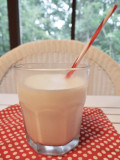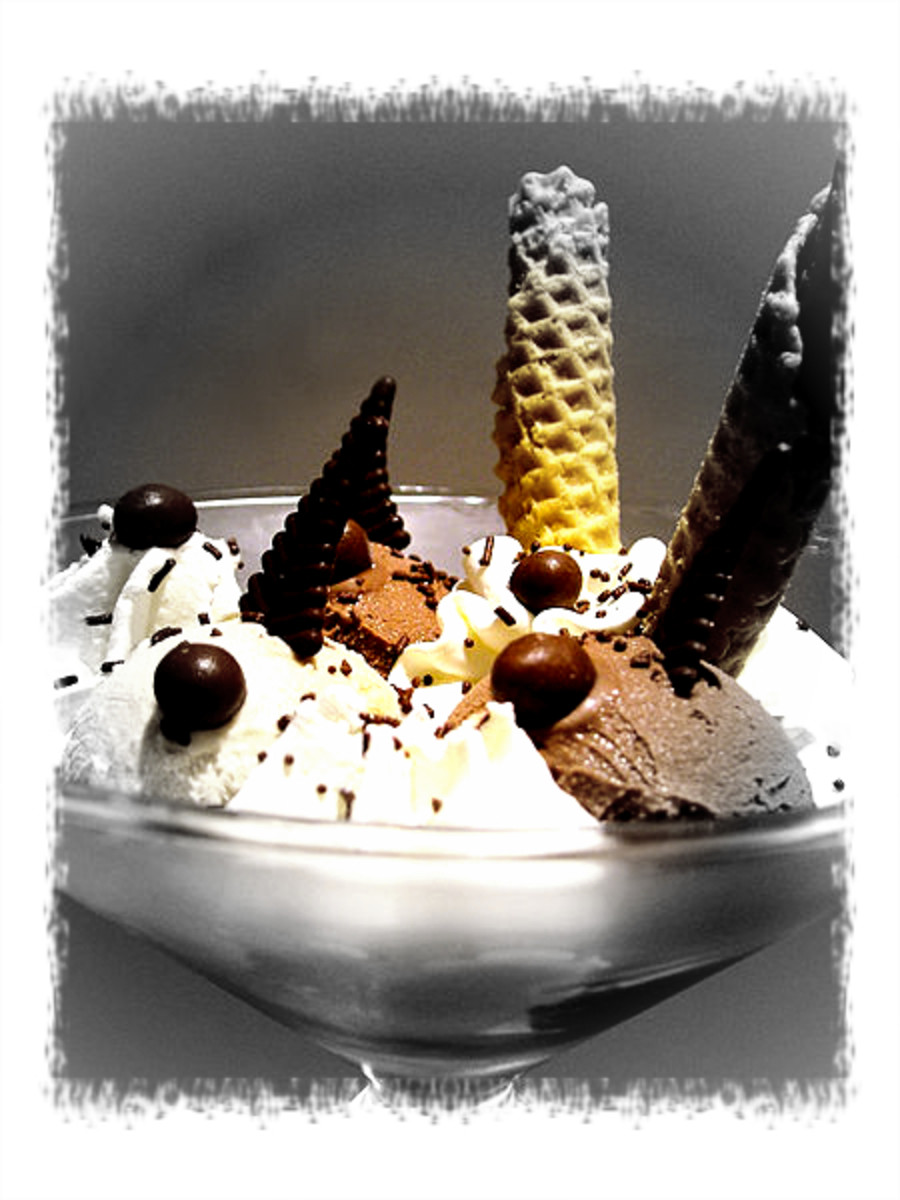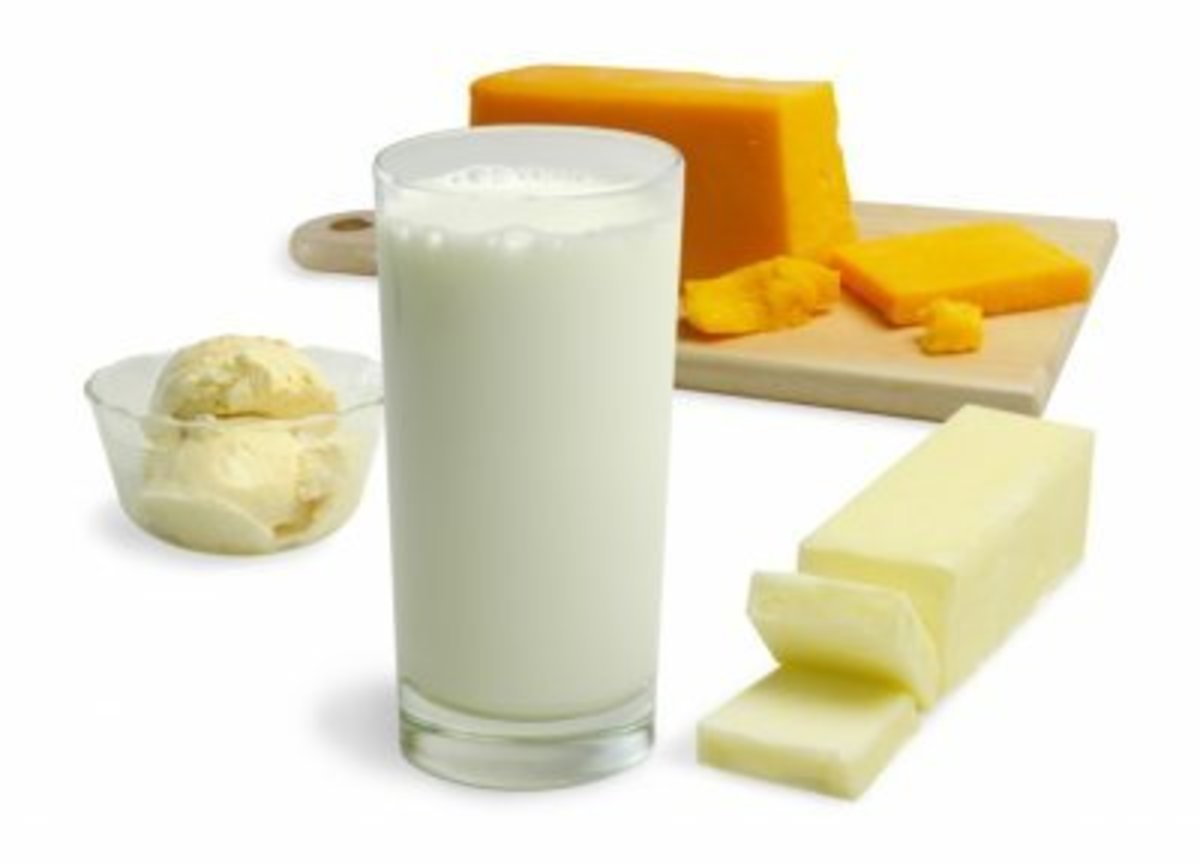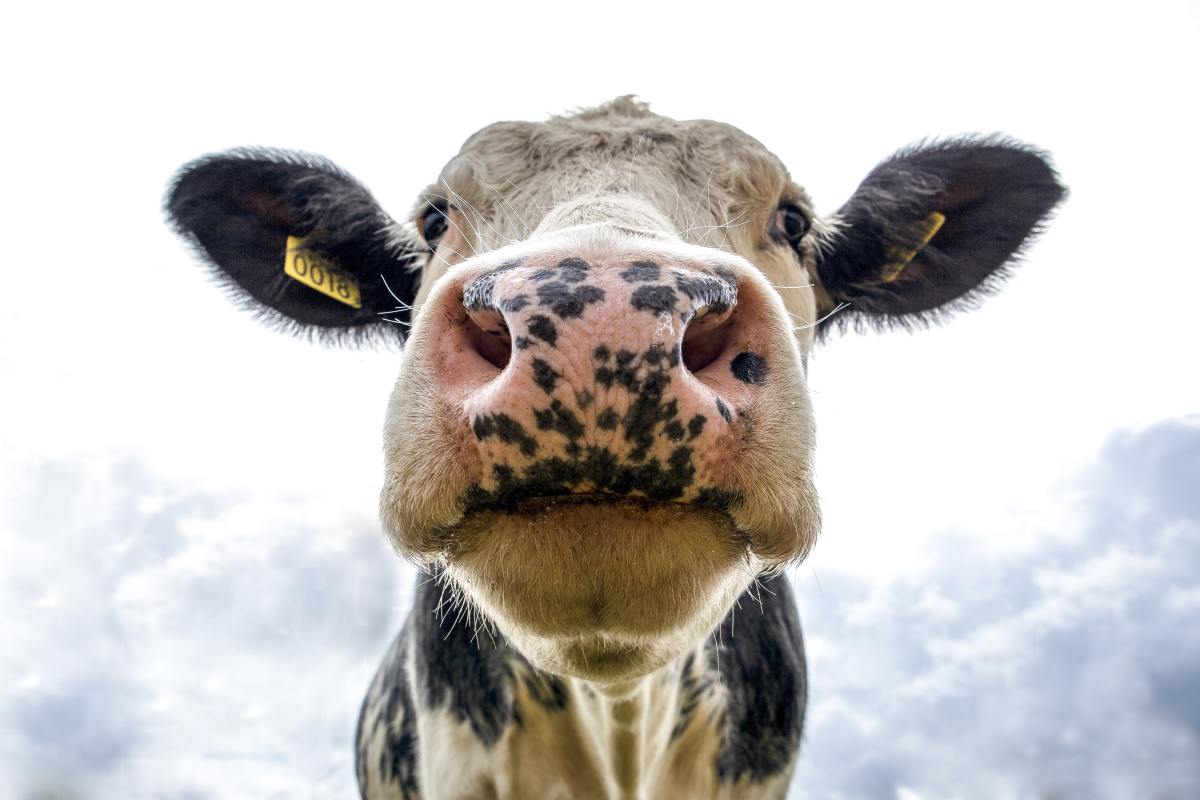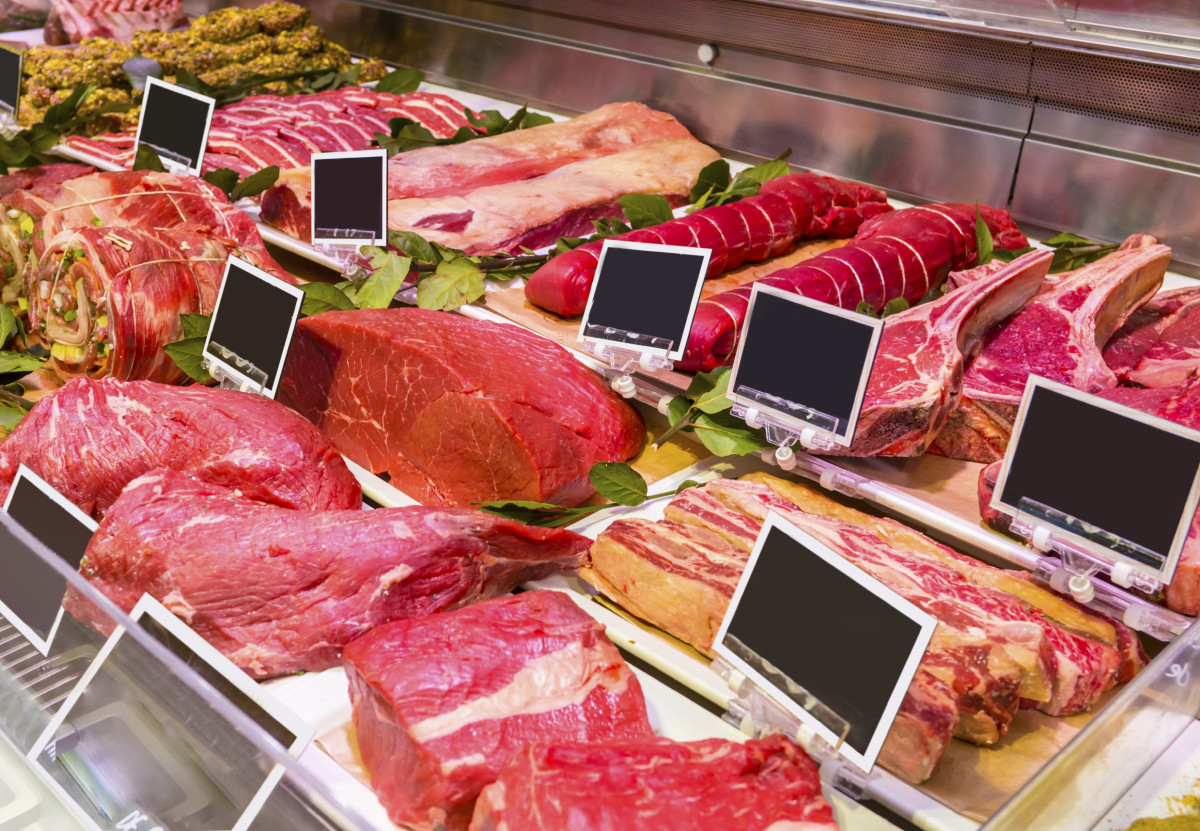How Milk Gets from the Cow to You
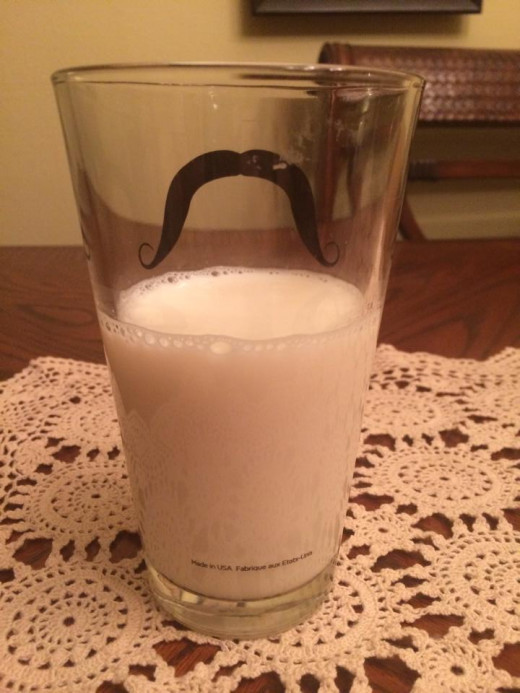
Dairy Products from the Cow to Your Refrigerator
Most of us have dairy products sitting in our refrigerator. Did you ever wonder about all that is involved in how the milk goes from the cow to your house.
There are many steps to get the milk from the cow to your refrigerator. It all starts with the cow. There are approximately 10 million dairy cows in the United States. There are several varieties of cows. 90% of dairy cows are Holsteins.
Cows are very large animals. The average Holstein cow is about five feet tall and weighs about 1400 pounds. The weight of their udder alone ranges between 25 pounds to 60 pounds, and they hold about 25-50 pounds of milk in their udder. Cows live in herds of about 50 -75 cows. A cow can only give milk for the first time after it gives birth.
Raising the cows to produce milk
Dairy cows spend their days grazing on fresh grass, grain, hay, or stored silage, which is a mixture of grass and grains and is stored in a silo where it ferments. Some cows roam the fields, some stay in small confined quarters with thousands of other cows. Some cows are given growth hormones so they produce more milk and then need antibiotics to stop the infections as a result of producing too much milk.
In the course of a day a cow eats about 100 pounds of feed and drinks about (40 gallons) 151 liters of water. The cow turns this food and water into about 30 liters of milk daily. This converts to about 120 glasses of milk.
Types of Dairy Cows
COW BREED
| COLOR
| NOTES
|
|---|---|---|
Holsteins
| Black and White
| Holstein's spots are like a fingerprint. No two cows have exactly the same pattern of spots.
|
Jerseys
| Yellowish Brown
| One of the oldest dairy cow breeds. Gets their name from the Island of Jersey, a small British island in the English Channel off the coast of France, where they originated.Brought to the U.S.in the 1850's.
|
Guernseys
| Tan and White
| The Guernsey cow produces high-butterfat, high-protein milk. Intermediate in size,and can eat less feed and produce more milk than larger dairy cows.
|
Brown Swiss
| Dark Brown or Gray
| Originated in Switzerland and brought to the U.S. in 1869. In 1906,no more importations were allowed due to foot-and-mouth disease.Only three cattle have been brought from Switzerland since that then, but the breed has still grown sizeably.
|
Ayrshire
| White with Reddish Spots
| Ayrshires originated from Scotland. Through breeding improvements they became strong and rugged weighing over 1200 pounds and medium-sized at maturity.This breed was also used in the formation of the Holstein cows.
|
There are many types of dairy cows.
Dairy Cows
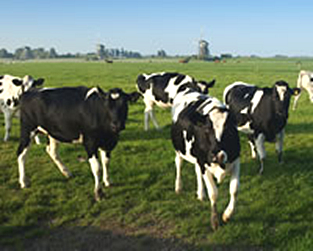
What Type of Milk Do You Drink
Do You Drink
Milking a Cow
Milking is the process of getting a cow to let down its milk so that the farmer can remove it by manipulating the udders. In order to get the most milk from the cow, the more natural the process, the more milk will be released. Cows that live in tropical areas have more issues with micro organisms in their milk. The hot temperatures are more conducive for bacteria to grow.
In temperate climates all dairy cattle are derivations of European cattle, Bos Taurus. Over hundreds of years, these cows have been selectively bred for producing milk based on their characteristics to produce a high amount of milk.
The udder is a large organ made up of glandular tissues, connective and fatty tissues, and a system of blood vessels and milk ducts. The fatty and connective tissue help the flow of blood to the nerves, lymphs, and glandular tissue which produces and stores the milk. The udder is made up of four quarters that each have separate milk producing glands that secrete milk toward the teat.
The cow converts what is carried in from the blood supply to make its milk. It takes approximately 9,000 liters (nearly 2378 gallons) of blood circulated through the udder to produce 20 liters (over 5 gallons) of milk in a day. The size of the udder has nothing to do with the amount of milk a cow will produces. Large udders, for example, may just have a larger portion of fatty tissue and not produce as much milk as a smaller udder which may have more glandular tissue.
When the cow’s udder is full with milk, their teats get heavier and stick out of the sides. The pregnant cow naturally produces hormones that encourage the production of milk.
The milking process starts by washing the udder and teats to keep the milk sanitary and to send a signal to the brain of the cow to let down their milk. If a milking machine is used, the machine is attached to the the 4 teats of the cow. The milking machine does not hurt at all. The machine simulates the action of a calf sucking the milk from its mother as it gently squeezes the milk from the cow. It takes approximately five minute to milk a cow. On many farms computers keep track of the amount of milk a cow produces for each milking. The very first milking machine was patented in 1894. A milking machine can milk about 100 cows per hour. A farmer can milk about six cows per hour by hand. Regularly milking a cow is important because missed milking causes the milk to build up in udder. The milk is never exposed to air to protect against contaminants. The milk that comes out of the cow is at the cow’s body temperature, so it is warm. The pipelines that carry the milk from the machine to the cooler are sanitized and the milk is never touched by human hands. The warm cow milk is quickly cooled and stored in refrigerated tanks to about 45 degrees or less so that it stays fresh. A tank truck comes and picks up the milk.
Milking the Cow to get the milk. Some cows are milked by hand. Some are milked by milking machines.
Cows respond best to patient and kind handling and produce the most milk when they are milked routinely and regularly. Cows are usually milked two to three times a day. Milking machines mimic the sucking a young calf would do by creating a pulsating vacuum around the teat of the cow. This releases the milk from the udder.
Milk is Stored at 39 degrees Fahrenheit or Colder
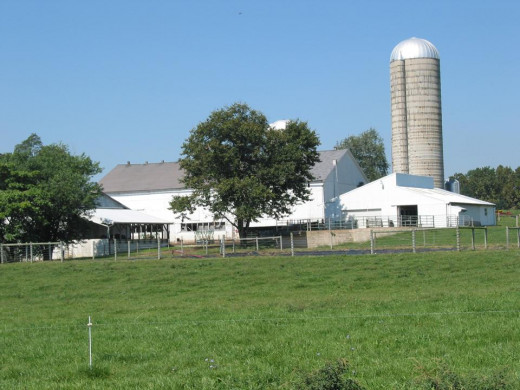
Milk
Milk is stored in refrigerated silos or vats. Milk is usually stored on the farm at 39 degrees Fahrenheit or even at colder temperatures for less than 48 hours. The storage units stir the milk to make sure the entire contents stays cold and to keep the milk fat from separating. All containers are thoroughly cleaned before the cows are milked again.
Milk is picked up at the farm every day or two. The trucks have special stainless steel heavily insulated storage units that keep the milk cold while it is being transported to the factory for processing. Milk tank drivers are qualified and accredited milk graders so that they evaluate the milk prior to picking it up. They take a small sample of the milk before they pump it into the tanker. Once delivered to the factory, it is stored in refrigerated silos and then ready for processing.
Samples of the milk are collected from the silos and tested for antibiotics and the temperature checked prior to processing. They test the milk for milk fat, bulk milk cell count, protein, and bacteria count. The milk must meet quality standards or it is rejected. The farmers are paid on the quality and composition of their milk.
After the milk is tested and approved, it is processed. At the processing plant milk samples are tested in a lab to ensure that only the purest milk is used. Milk that isn’t top quality or that hasn’t been kept cold enough is not processed for people to drink.
Pasteurized and Homogenized Milk
Whole milk is pumped into the storage vats or silos and is then pasteurized, homogenized, separation and more processing. Pasteurization heats all of the particles of the milk to a specific temperature for a period of time. Then it is cooled. Pasteurization was invented by the French scientist, Louis Pasteur. He discovered in 1856, that heating the milk to high temperatures gets rid of the bacteria. Milk today, is pasteurized by heating the milk rapidly to 161 degrees for 15 seconds and quickly cooling it. Pasteurizing milk keeps it pure and preserves the flavor without affecting its nutritional value.
Homogenized milk involves putting the raw milk through an atomizer to make tiny particles so that the butterfat particles are spread evenly throughout the milk, breaking the fat down into uniform globules. Milk that is not homogenized has the cream sitting at the top and need to be shaken or stirred before it is consumed. Separating the milk from the cream involves spinning the milk through a centrifuge. After the cream is separated, it is remixed at certain amounts to provide whole milk, or low fat milk.
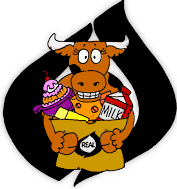
Dairy Products
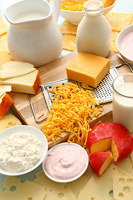
What is the Difference Between Whole Milk and Low Fat Milk and Skim Milk and Non Fat Milk
Whole milk is made by adding cream until the fat content is at 3.25%. It has 150 calories and 8 grams of fat per cup of milk.Low fat milk is 1% (120 calories and 5 grams of fat) or 2% (100 calories and 2.5 grams of fat). Skim milk has a fat content of .05% or nonfat milk (0% fat). It has 80 calories and 0 grams of fat. Vitamin D is then added to milk, which helps improve calcium absorption. The milk then undergoes more processing to increase the storage life using an ultra high temperature (UHT) treatment. Some of the milk is cultured for yogurt products.
Milk is made into a variety of other products too::
■ Chocolate milk
■ Buttermilk
■ Variety of cheeses
■ Cottage cheese
■ Butter
■ Ice cream and frozen yogurt
■ Yogurt
■ Whipped Cream
■ Sour Cream
■ Cream
Summary of Information About Milk
- Most of the milk in the United States comes from Holstein Cows.
- It takes about 100 pounds of feed and about 40 gallons of water for a cow to make about 120 glasses of milk.
- Cows are usually milked 2 to 3 times a day by hand or by machine.
- The milk trucks have special stainless steel heavily insulated storage units that keep the milk cold until it gets to the milk processing factory.
- All milk is tested for purity, pastuerized, and homogenized.
- At the factory milk is sealed into containers and sent to the stores for purchasing.
Follow the 3 C's for Milk
The milk is now ready to be packaged and delivered to the stores. The milk goes through pipes and comes out into automatic packaging machines where it is filled and sealed into plastic containers or paper cartons. A freshness date is printed on the packaged milk and it is ready to be delivered to the stores.
It is stored in a refrigerated room until the milk is delivered to stores. It takes approximately two days for milk to get to the grocery store from the time it leaves the cow. Milk is kept at 40 degrees or lower for freshness in the stores.
After you pick up the milk and bring it home, follow the 3 c’s:
-
Keep the milk clean, covered and cold.
Keep the milk clean by not touching the lip where the milk is poured from. Keep the container sealed so it doesn’t pick up the odor from other food in the refrigerator. Keep the milk in the coldest part of the refrigerator at 40 degrees or colder. Milk is a perishable item. Make sure you are only drinking fresh and unspoiled milk. Milk that is poured in a glass and left out for more than a few minutes should not be poured back into the original container and mixed with the unused milk.
Milk is best stored in a refrigerator set at 38°–40°F. The sell by date stamped on the container shows the date the store can sell the milk. Freezing milk changes the appearance and texture of the liquid and is not recommended.


